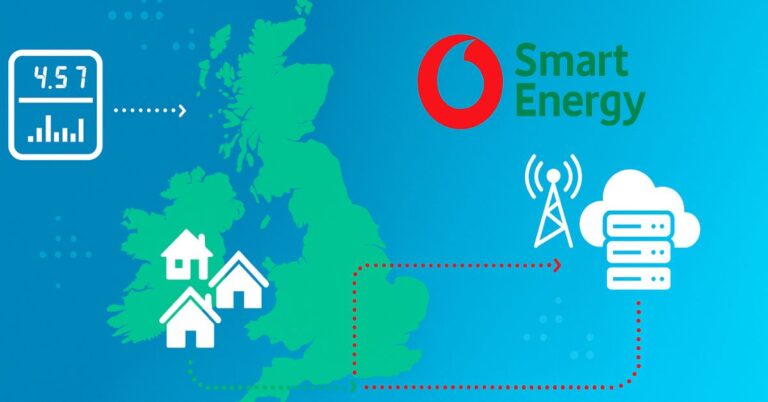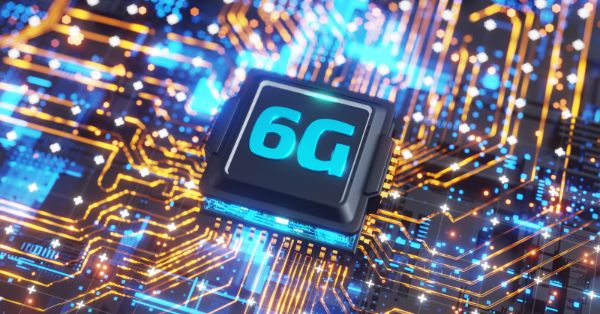Nokia and e& UAE Demonstrate World’s First End-to-End Network Slicing Solution for Gaming Applications
Nokia and e& UAE have unveiled the world’s first end-to-end fixed network slicing solution designed to meet the performance demands of modern gaming applications. This groundbreaking innovation leverages Nokia’s advanced slicing technology to enhance customer experiences for premium services such as gaming, work-from-home setups, and enterprise applications.
A Milestone in Network Slicing for Gaming
In a trial conducted at e& UAE’s Abu Dhabi labs, Nokia’s solution demonstrated its capability to create dedicated network slices that deliver low-latency, high-speed connectivity tailored specifically for gaming. The trial ensured end-to-end quality by extending network slices across in-home Wi-Fi and fiber access networks.
Using Nokia’s intent-based slicing technology, operators like e& UAE can dynamically allocate network resources to meet the unique requirements of various applications. These slices can cater to specific needs such as routing, bit rate, latency, quality of service (QoS), and security, ensuring superior digital experiences for end users.
How Nokia’s Network Slicing Solution Works
Nokia’s solution, powered by Altiplano, Corteca, and NSP domain controllers, allows operators to autonomously or on-demand create cross-domain network slices based on standardized specifications. Each slice is designed to optimize the performance of specific applications, such as:
- Gaming: Ensures low latency and high-speed connectivity for seamless gameplay.
- Streaming: Delivers consistent, high-quality video streaming experiences.
- Enterprise Applications: Provides secure and efficient connectivity for work-from-home and business-critical tasks.
The trial also showcased Nokia’s slicing solution’s ability to detect new devices automatically. For instance, when a gaming console comes online, the system creates a dedicated slice optimized for gaming, ensuring an uninterrupted, premium-quality experience.
Monetizing Premium Services with Network Slicing
One of the key benefits of Nokia’s slicing technology is its potential for monetization. By offering dedicated network slices tailored to customer needs, operators can enhance their service offerings and drive new revenue streams. Whether for gaming, enterprise applications, or streaming, network slicing empowers operators to deliver premium services while optimizing network resources.
Mohamed Salama, Head of Fixed Networks for the Middle East & Africa at Nokia, highlighted the solution’s value:
“This trial sets a new benchmark in the industry and lays the foundation for future autonomous networks that can deliver premium services to customers in a whole new way. Our slicing solution enables operators like e& UAE to maximize network investments and enhance customer experiences.”
e& UAE’s Commitment to Innovation
The collaboration aligns with e& UAE’s commitment to incorporating advanced technologies that enhance digital experiences for its customers.
Abdul Rahman Al Humaidan, Vice President of Fixed Access Network at e& UAE, stated: “With Nokia’s slicing solution, we can seamlessly manage our customers’ experiences by tailoring network slices for specific services and applications. This ensures exceptional digital experiences while driving return on investment.”
e& UAE’s vision extends beyond traditional telecom services, with ambitions to enrich consumer offerings in areas such as gaming, health, and AI-powered solutions. The integration of network slicing into its operations underscores its position as a leader in delivering next-generation digital services.
Future Applications and Benefits
Nokia’s slicing solution opens doors to various possibilities, including:
- Private Networks: Supporting businesses with bespoke connectivity solutions.
- Autonomous Systems: Facilitating connectivity for autonomous vehicles and drones.
- AI-Driven Applications: Enabling seamless integration of AI-powered services.
The ability to create tailored slices for diverse applications ensures flexibility and scalability, empowering operators to adapt to emerging trends and customer demands.
A New Era for Digital Connectivity
The successful trial marks a significant step toward autonomous, intent-based networks capable of delivering unparalleled customer experiences. As gaming and other data-intensive applications continue to grow, solutions like Nokia’s network slicing will be instrumental in meeting the demands of a hyper-connected world. For more details on Nokia’s slicing technology, explore their offerings on the Altiplano Controller and Corteca product pages.
























